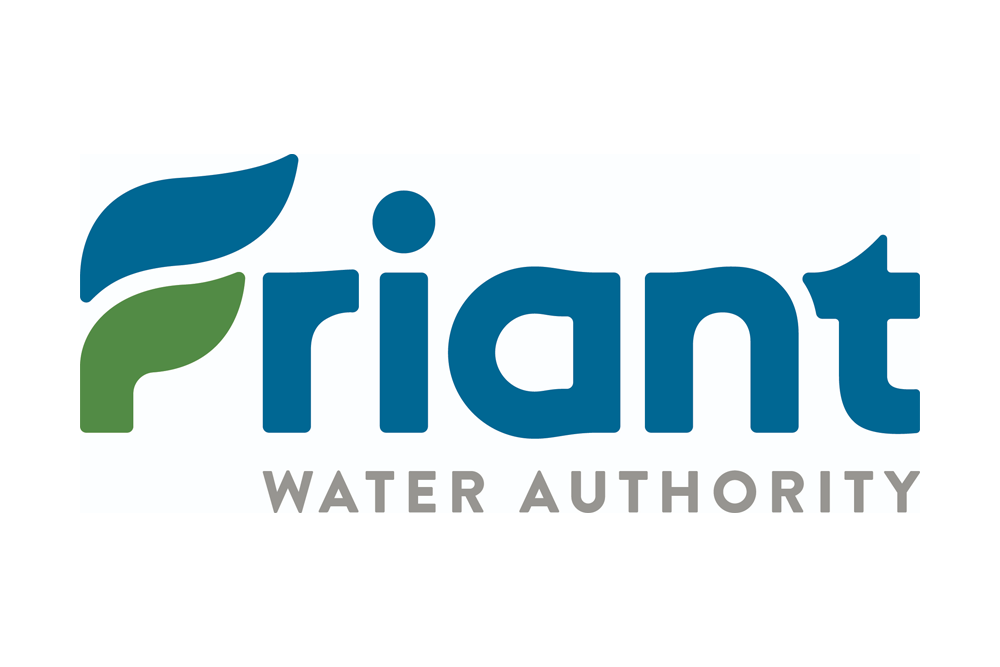On Thursday, June 13, 2024 a joint meeting of all the Groundwater Sustainability Agencies in the Kaweah Subbasin got together at the Tulare County Ag Commissioner’s offices, across the street from the World Ag Expo grounds. I’m guessing about 100 folks showed up to hear from the East Kaweah, Greater Kaweah and Mid-Kaweah GSAs.
The Meeting
Steve Nelson, Chair of the MKGSA welcomed everyone at 1:05pm. I suspect Nelson took the lead since the meeting was physically within the MKGSA boundaries. He said this is an important step for the GSAs, the revamping of the Groundwater Sustainability Plan and how to deal with the State Water Resources Control Board’s actions.
Under public comment a man online expressed his belief that SGMA is not worth the bang for the buck. He observed its more punitive features are harming the local economy and robbing our children of a future. He said a better way to bring groundwater sustainability is to deliver more surface water instead of allowing it to flow out to sea.
Next the boards of the three GSAs called their individual board meetings to order so everything would be copacetic with the Brown Act. Mark Larsen GM of the Greater Kaweah gave the technical presentation. He said all three GSAs have revised their draft GSPs and included comments from the Department of Water Resources criticism that have been addressed. The State Board also weighed in with comments that needed to be addressed as well. If I understood this presentation starts the 30-day comment period.
A Look at the GSP Technicalities
Engineer Kait Palys explained the State Board staff comments just arrived last month and that takes a while to sort out. Bless her, there was a chart projected on the screen but I couldn’t read it.* It had five points of criteria and priorities. I caught her saying addressing the DWR comments is job one. The next slide was worse, it had six points of the methodology used to create the criteria.
Palys said there have been 108 public outreach meetings since May of last year. All were held in the Kaweah Subbasin. The three GSAs all participate in coordinating meetings to ensure their actions line up. She said stakeholder approval was a vital part of the process.
Palys said DWR wasn’t happy with the subbasin’s original GSPs dealing with groundwater levels. There are two aquifers, upper and lower divided by a layer of clay on the west to bumping up against the rock of the Sierra Nevada Range on the east. The upper, shallower aquifer is where most domestic wells draw. The subsidence threat is in the lower aquifer. In the upper aquifer if more than 17 monitored wells exceed the minimum threshold that will be considered an undesirable result.
The dry well susceptibility analysis was used to determine 17 wells were the trigger point. This is a more stringent criterium than the old GSP. There was a map on the screen of the Subbasin but you couldn’t see any detail. Palys was talking about the transition from one type of aquifer to another. The next slide was who knows what.
Self Help Enterprises has proven to be a massive help. They helped develop the small community proactive action plan, the well registration program and the domestic well permit application review. Palys said the ag well permits are reviewed also, but the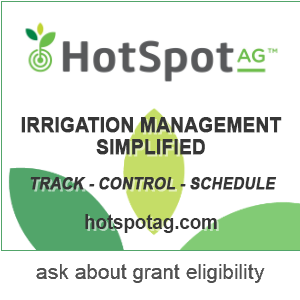 domestic well permit review allows the GSAs to at least advise the applicant if they are stepping on a rake when it comes to well development. I do not believe in general the state agencies understand wells very, um well.
domestic well permit review allows the GSAs to at least advise the applicant if they are stepping on a rake when it comes to well development. I do not believe in general the state agencies understand wells very, um well.
Next Derek Williams of Montgomery & Associations spoke about subsidence. The quality of the slides remained the same so we’re just going to ignore them. Williams the most pressing subsidence concerns is the sinking of the Friant Kern Canal and the potential for flooding. Along the Tule River the Kaweah Subbasin limited subsidence to seven feet. Zero, nada, that was the allowable subsidence along the FKC. So far there has been no historical subsidence along the FKC in the Kaweah Subbasin. Unlike water levels and other matters subject to undesirable results subsidence isn’t reversable. So, no subsidence is allowed next to the FKC on the east side and no more than seven feet on the westside of the subbasin. There are 95 sites being monitored and measured.
Williams said once subsidence starts it takes years to stop. He said DWR understands this and is willing to work with the GSAs on this matter. He said the thresholds of one of the undesirables result will impact other areas. The lower aquifer has groundwater levels and subsidence tie in together. However, you might have low groundwater levels without subsidence in some cases but you don’t really see subsidence without low groundwater levels. Williams then dipped into the methodology used in the computer modeling that was used to determine the minimum lower aquifer levels.
State Board Gripes
Larsen spoke about the problems the State Board staff brought up. About 16 out of 20 problems have been addressed. And the remaining four felling into two categories including the relationship between surface water flows and groundwater levels.
problems have been addressed. And the remaining four felling into two categories including the relationship between surface water flows and groundwater levels.
Aaron Fukuda, GM of Tulare Irrigation District and the Mid-Kaweah GSA said today’s meeting is about reviewing, not adopting the revised GSP. He said it is important for the public to come along on this ride. About 20 projects to help achieve all the SGMA goals have been completed, another 20 or so are ready to begin and there are more in the hopper.
Fukuda said there are two basic considerations in the model; demand management – allocating how much can be pumped and projects to increase groundwater. He said the modeling program was run almost 100 times to try and get as accurate as possible a picture of what actions will yield SGMA compliance by 2040. The amount of overdraft predicted by the model is zero. Every drop of recharge beyond zero is a net gain.
Q&A
Nelson invited board members to go first with questions. Joe Cardoza from GKGSA asked how much pumping will be allowed by 2040. Palys said to go to Chapter Three and see the details. Fukuda said more than half a million acre feet will be within sustainability. Cardoza asked how many acres will have to be fallowed to reach this goal. Fukuda said the GSP is looking at groundwater not surface water, so the answer isn’t directly addressed by the GSP, but with a little math it can be determined from figures within the GSP. Cardoza said the ag economy has an economic multiplier of eight that will impact far more than just the farms. He thinks this needs to be emphasized to the State Board and DWR.
GSP, but with a little math it can be determined from figures within the GSP. Cardoza said the ag economy has an economic multiplier of eight that will impact far more than just the farms. He thinks this needs to be emphasized to the State Board and DWR.
The first public comment was by Dennis Smith. He asked for the legal definition of sustainability as it is being used by the State Board. Palys said the state has asked the subbasins to define this. There is a Kaweah Subbasin definition that includes the economic component.
Joe Russel said was told the GSP was more than 90-percent accurate and he’s getting bills for pumping on land with no electricity, let alone a pump. He asked what is actually subsiding, the clay or aquifer. He asked if the water comes back to lower aquifer, will the clay layer damage reverse. He said the fail is lack of infrastructure. Michael Hagman, GM of Lindmore ID and EKGSA gave a response saying the surface water discussion is a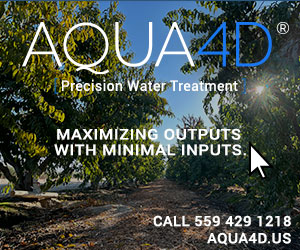 different topic, an important topic with direct impact on groundwater – but beyond the GSP’s prevue. He said the subbasin is over drafting and is currently unsustainable. Palys said there will be more outreach meetings to talk about things in more detail.
different topic, an important topic with direct impact on groundwater – but beyond the GSP’s prevue. He said the subbasin is over drafting and is currently unsustainable. Palys said there will be more outreach meetings to talk about things in more detail.
Don Silva said SGMA is more for the kids and grandchildren. The greatest generation built the infrastructure that allowed California farmers to feed the world. He said California isn’t being governed by serious people.
Red Hanson asked about subsidence. He asked if the subbasin has an average three foot drop. He asked if the state has thresholds. Fukuda said the state doesn’t have a number. That is defined by the subbasin and it is found where things become irreversible.
Comments
Hagman said he also farms in the EKGSA. He said he expects to farm 20-years from now. But the subbasin must become sustainable. There must be more water recharged than pumped and this is the plan to make this happen.
Fukuda said he believes this GSP is the best hope to achieve sustainability. He also thanked the consultants who, although they were paid, spend an inordinate amount of time away from family and other non-work life. Same for the GSA directors, who while not being paid – at least not much – also have spent much time and sweat to get here. He also thanked those in attendance for taking their time and welcomed everyone to have a discussion with him.
Larsen pointed out the today’s presentation was about coordination, not individual GSAs strutting their stuff. He said this was a concern by DWR. There is now more data, more coordination and this will lead to better subbasin management. He said it won’t be easy or pretty and sacrifices will have to be made. But the good news is the data is much better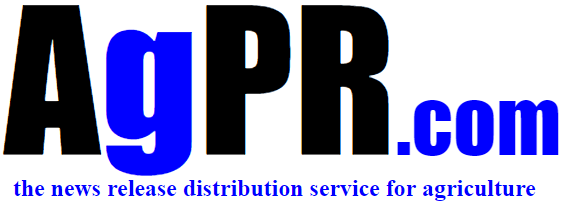 and lends itself to accuracy and is achievable.
and lends itself to accuracy and is achievable.
The MKGSA moved to open the GSP to the 30-day public comment. So did the Greater Kaweah and the East Kaweah. One of the directors of one of the GSAs was evidently unfamiliar with microphone technology as he gave comments with the mic in his hand but you couldn’t hear him.
Mitigation is a 10 Letter Word
Next Palys spoke about mitigation. She said the Kaweah Subbasins’ definition of significant and unreasonable effects is when the impacts can’t be sustained or mitigated – the conditions are going to cause irreparable harm.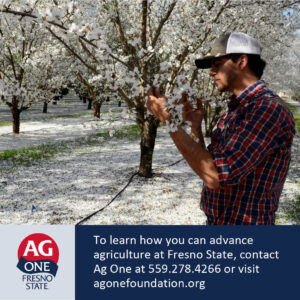
Palys went over the dry well susceptibility analysis. There were three phases. There will be a workshop next week that will go into more detail of the stakeholder and technical process. She also invited folks to speak with her after the meeting. She said the state expects GSAs to mitigate. And the first task was domestic wells. There is a mitigation program for the subbasin and all three GSAs must sign off to check that box.
Palys said Self Help Enterprises has the tools, resources and experience to deal with domestic well problems and she’s thankful they are on board. She said SHE has stepped up and is the first line of help. The liability of the GSAs is limited to water levels.
Hagman said East Kaweah is following the SHE plan and in addition to having more domestic wells than the other two GSAs combined it is also looking at ag wells. Larsen praised SHE and said they make this mitigation possible. Fukuda asked the SHE team to stand, there were about a dozen in attendance. He said SHE has a team of 60 people on this and that was a welcomed help. Also, well mitigation is not limited by income thresholds.
Director Brian Watte said he has learned so much about SHE and is very appreciative of their aid. He would like to see better cost containment on the well drilling. Some other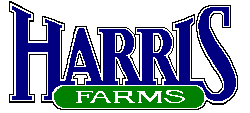 director said the EKGSA is the canary in the coal mine. He said they asked for technical mitigation for ag wells that can prove they aren’t responsible for overdraft. He said that is a goal to be included. Palys said that is being added.
director said the EKGSA is the canary in the coal mine. He said they asked for technical mitigation for ag wells that can prove they aren’t responsible for overdraft. He said that is a goal to be included. Palys said that is being added.
I asked if there is any scenario where a domestic well goes offline for any reason other than declining groundwater levels – are the GSAs liable to provide mitigation? The answer was no. Someone online asked if the dry well analysis was the sole criteria of mitigation eligibility and the answer was also no. The individual GSAs voted to adopt the mitigation measures.
Nelson thanked everyone for attending. He said they started as three different entities and are leaving as one voice. The meeting was adjourned at 3:00pm.
DISCLAIMER OF RESPONSIBILITY; Waterwrights.net strives to provide its clients with the most complete, up-to-date, and accurate information available. Nevertheless, Waterwrights.net does not serve as a guarantor of the accuracy or completeness of the information provided, and specifically disclaims any and all responsibility for information that is not accurate, up-to-date, or complete. Waterwrights.net’s clients therefore rely on the accuracy, completeness and timeliness of information from Waterwrights.net entirely at their own risk. The opinions expressed in this report are those of the author and do not represent any advertisers or third parties.
ALL RIGHTS RESERVED. Copyright 2024 by WaterWrights.net
*Come to find out, for all the snark I’m throwing at the visual portion of the presentation, there was a problem with how the laptop/projector was distorting the image. Still, for good communication – no more than three easy bites per slide.




